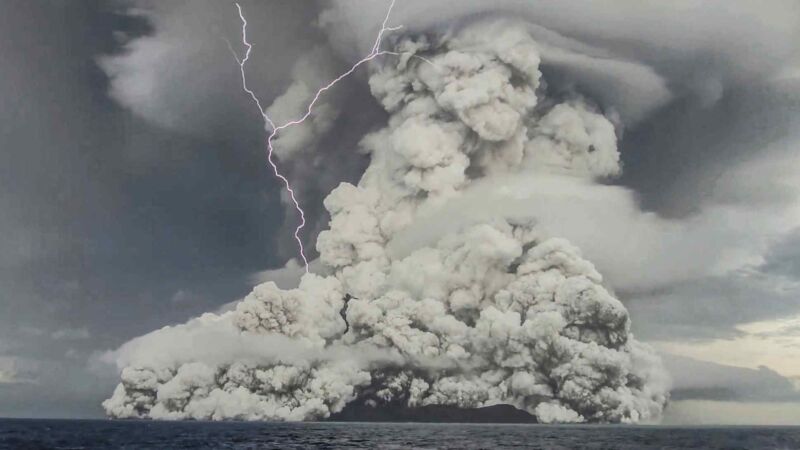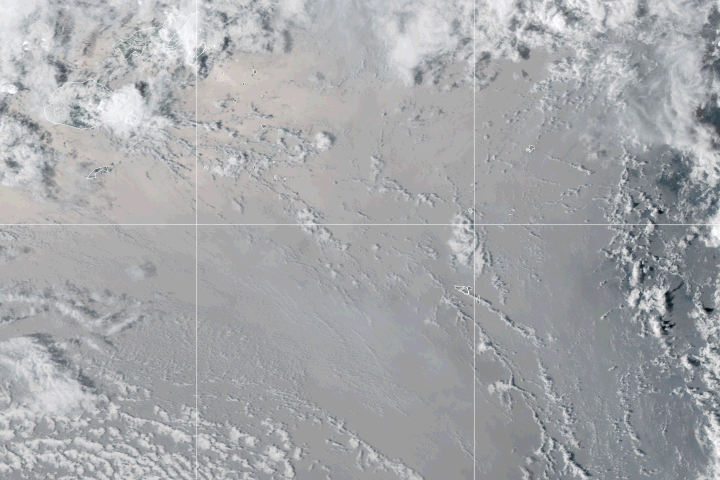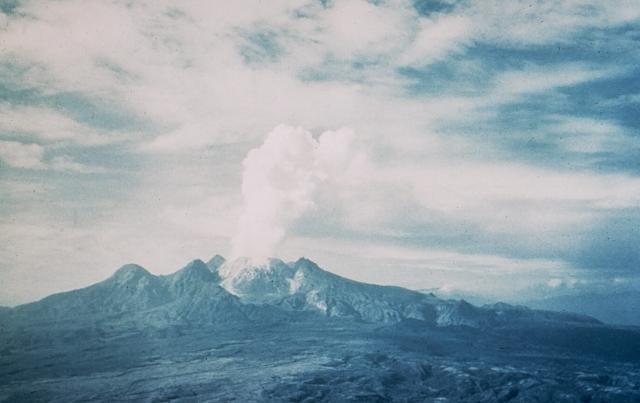Hunga Tonga-Hunga Ha'apai erupted on January 15 in one of the largest volcanic events in decades, and research in recent years indicates that the volcano produces similar violent eruptions about once every millennium. But some of the deadliest and most explosive eruptions in the last two centuries have come from volcanoes with no historical record of eruption. Now, scientists are taking a fresh look at surprise eruptions and seemingly quiet volcanoes.
Several smaller eruptions have happened at Tonga over the last century, providing some clues for what to expect. But forecasting volcanoes that have been dormant for hundreds or thousands of years is especially challenging. Mount Lamington in Papua New Guinea, for example, killed nearly 3,000 people and displaced thousands more when it erupted for the first time in recorded history in 1951.
"If this were to happen right now, in a region that is highly populated, like, for example, Indonesia or the Philippines, where millions of people live around volcanoes, the consequences for life would be really high," said Vanesa Burgos, a PhD candidate at Nanyang Technological University (NTU).
Around the world, over 1,350 potentially active volcanoes simmer beneath the surface. To accurately forecast an eruption, experts need to understand a volcano's past activity. However, records of hundreds of young volcanoes lack detail partly due to little or no monitoring, e.g., local systems to measure earthquake frequency or changes in off-gassing. About 40 percent of active volcanoes do not have a historical record of eruption, making new ones difficult to anticipate.
When Burgos was growing up in Spain, she wanted to study tornadoes. "But you know, tornadoes in Spain are not a thing," she said. Trading one type of disaster for another, she did an assignment on the violent 1991 Pinatubo eruption and was impressed by the difference volcanologists were able to make. Though the volcano had no historical record of eruption prior to that, lives were saved thanks to monitoring systems that were in place.
Now, Burgos and colleagues have created the First Recorded EruptionS in the Holocene (FRESH) database to help identify other areas that could benefit from this sort of proactive monitoring.
Finding areas prone to surprise eruptions
Other databases catalogue information about active volcanoes, such as the Smithsonian Institution's Global Volcanism Program (GVP) Holocene Volcano List, which is a benchmark for volcanologists. But Burgos and her colleagues found that various regions have differing degrees of under-recording, often influenced by historical events such as colonization, submarine volcanism, remoteness, and the level of human development, among other factors.
The researchers at NTU created the FRESH database to narrow the focus and help identify Asia-Pacific regions with higher chances of being surprised by an eruption from volcanoes that are geologically young. In this case, "young" means a volcano that hasn't erupted during last 12,000 years—the geological epoch known as the Holocene.
To do this, the team extracted the first known eruption from each active volcano listed in the GVP's Holocene Volcano List, then created a database of young volcanoes without known Holocene eruptions. Comparing these to analogous volcanoes with previous surprise eruptions helped the researchers estimate the probability of a FRESH eruption occurring at volcanoes with no historical record. The researchers found that some regions particularly prone to under-recording that had higher FRESH eruption rates included Indonesia, Sumatra, the Philippines, and the Mariana Islands. Many of these areas have high populations, and an unexpected eruption of a volcano could be disastrous.
Burgos cautioned that this is preliminary work. "We're not trying to shout 'fire' in the room," she said. "We don't know if these volcanoes are going to erupt anytime soon. We're just saying this is the probability that they might erupt, and this is how many people live around them."



3175x175(CURRENT).thumb.jpg.b05acc060982b36f5891ba728e6d953c.jpg)



Recommended Comments
There are no comments to display.
Join the conversation
You can post now and register later. If you have an account, sign in now to post with your account.
Note: Your post will require moderator approval before it will be visible.